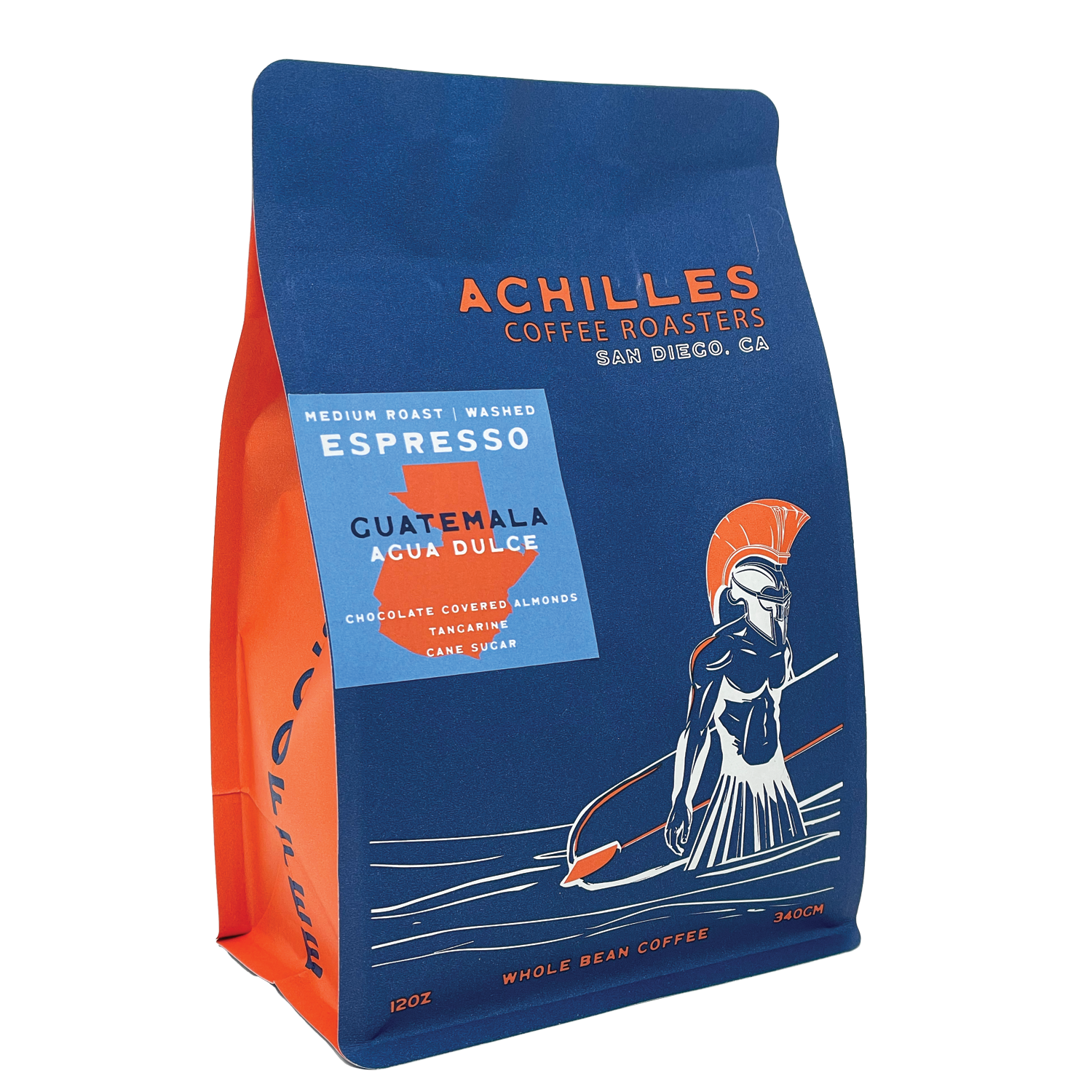The Coffee Lover’s Guide to SOE Single Origin Espresso Selections
The Coffee Lover’s Guide to SOE Single Origin Espresso Selections
Blog Article
Exploring the Abundant Tastes of Coffee Beans: a Deep Dive Into Coffee and Blended Coffee Beans
When you explore the abundant tastes of coffee beans, you reveal an intricate world where each variety brings its very own personality to your cup. Understanding the beginnings, refining methods, and roasting methods can transform your coffee experience. As you navigate through the art of espresso and the creativity behind blended coffees, you'll begin to appreciate the subtleties that make each sip distinct. What you'll discover following could transform the method you enjoy your morning mixture.
The Beginnings of Coffee Beans: Discovering Terroir and Flavor Profiles
When you take a sip of coffee, you're not just taking pleasure in a drink; you're experiencing a rich tapestry of tastes formed by the beans' beginnings. Each area produces special taste accounts affected by soil, environment, and elevation. Beans from Ethiopia frequently rupture with bright, fruity notes, while those from Colombia often tend to offer a balanced, nutty sweetness.
As you discover various origins, you'll see exactly how terroir-- the ecological factors affecting a crop-- plays an essential function - Single Origin Espresso. The very same coffee variety can taste dramatically different relying on where it's grown
When you take into consideration these factors, you begin to value the intricacy behind your mug. Each sip tells a story of the land and the farmers that nurtured the beans. Following time you indulge, think regarding the trip your coffee took prior to it reached your hands, and appreciate those complex tastes that show its beginning.
Comprehending Espresso: The Art and Scientific Research Behind the Brew
When you consider coffee, it's not nearly the strong flavor; it's also regarding the strategies that bring it to life. Comprehending how various prep work approaches effect preference can change your developing experience. Let's discover the complexities of coffee preparation and discover the one-of-a-kind taste profiles that make each cup unique.
Espresso Preparation Techniques
Espresso prep work is both a scientific research and an art, integrating specific techniques with a deep understanding of coffee. To start, you'll intend to choose top quality, newly baked beans and grind them finely for ideal removal (Single Origin Espresso). The work dimension is vital; too crude, and your coffee will be weak, as well great, and it'll be bitter
Next, tamp the grounds evenly in the portafilter to assure uniform removal. When you secure it into the device, go for a developing temperature in between 190 ° F and 205 °
F.As you pull the shot, expect the excellent extraction time-- around 25-30 secs. The result should be an abundant, velvety espresso with a lovely layer of crema on top. With technique, you'll understand these techniques.
Flavor Accounts Clarified
The globe of espresso uses an abundant tapestry of flavor profiles that can boost your coffee experience. You'll discover an equilibrium of bitterness, level of acidity, and sweet taste when you take that first sip. Each espresso bean brings distinct notes, from flower and fruity to nutty and chocolaty. Light roasts typically display intense level of acidity and dynamic tastes, while dark roasts present deeper, bolder tones.
Understanding these profiles helps you pick the right coffee for your taste. Exploring with different blends can expose surprising combinations. A well-crafted mix could harmonize the brilliant notes of an Ethiopian bean with the rich, chocolatey undertones of a Brazilian bean. Embrace the trip of uncovering coffee's varied tastes, and you'll transform your coffee routine into an exciting journey.
Handling Approaches: How They Influence Taste and Fragrance
While it could appear that the origin of coffee beans is the most substantial consider establishing their taste and aroma, the processing techniques utilized post-harvest play a just as important function. You'll locate that these approaches can significantly alter the final taste profile of your cup.
As an example, the washed procedure gets rid of the fruit from the beans prior to fermentation, typically causing a cleaner, brighter taste. The all-natural process leaves the fruit intact throughout drying out, resulting in a sweeter, fruitier profile.
Other techniques, like honey processing, strike an equilibrium, enabling some fruit mucilage to remain, providing an unique intricacy.
Each handling strategy engages with the beans' integral qualities, enhancing or silencing certain flavors and aromas. So, when you drink that espresso or combined coffee, bear in mind that the journey from cherry to cup is affected not simply by origin yet also by just how those beans were processed.
Toasting Techniques: Opening the Full Possible of Coffee Beans
Roasting methods are important for disclosing the full potential of coffee beans, as they transform raw, green beans right into the aromatic, delicious coffee you appreciate. The visit site selection of toasting approach-- light, tool, or dark-- considerably affects flavor profiles.
A slower roast at lower temperatures permits for intricate tastes to create, while a quicker roast can magnify resentment. By grasping these techniques, you'll expose a world of taste, boosting your coffee experience to brand-new elevations.
The Magic of Blended Coffee: Developing Unique Taste Experiences
Creating an unique flavor experience with mixed coffee can transform your morning ritual right into an exploration of preference. By combining various beans from numerous areas, you can reveal a symphony of flavors that boost your mug to new heights. Each blend offers an unique account, balancing acidity, sweet taste, and body to develop something genuinely unique.
When you pick a blend, you're not just choosing a coffee; you're selecting a journey across diverse landscapes and societies. Explore various mixes permits you to discover your individual favorites, whether you appreciate fruity notes or abundant, chocolatey undertones.

Tasting Notes: Acknowledging the Nuances in Your Mug
As you drink your coffee, you may observe a spectrum of flavors dancing on your palate, each revealing the details of the beans. You may taste the intense acidity evocative citrus or the deep, abundant notes similar to dark delicious chocolate. The sweetness can evoke honey or caramel, stabilizing the total account wonderfully.
Focus on the body of the coffee-- does it feel airy and light, or is it full and luscious? The finish, also, provides clues; a lingering aftertaste may mean nuttiness or floral undertones.

Don't neglect to check out the one-of-a-kind attributes of different origins, as each area presents distinct tastes - Single Origin Espresso. As an example, Ethiopian coffees frequently present fruity notes, while Colombian beans could showcase a much more rounded sweet taste. By acknowledging these subtleties, you'll grow your admiration for each and every cup, elevating your coffee experience to new heights

Developing Techniques: Making Best Use Of Taste Removal for Every Bean
When you discover the various brewing methods, you'll discover that each technique can substantially affect the flavor profile of your coffee. From French press to pour-over, each approach extracts various compounds, enhancing or silencing certain notes. Using a French press enables oils to remain in the brew, creating a richer preference, while pour-over emphasizes clearness and illumination.
Temperature level and grind size additionally play essential duties. A coarser grind works best for chilly brews, while a great work is optimal for espresso. Exploring with water temperature-- advice between 195 ° F and 205 ° F-- can reveal hidden tastes, as well.
Don't ignore soaking time; a fast removal can cause sour notes, while over-extraction might produce bitterness. By readjusting these variables, you can make the most of flavor extraction and really raise your coffee experience. Appreciate the trip of discovering what approach finest matches your taste buds!
Frequently Asked Concerns
What Is the Ideal Water Temperature Level for Brewing Coffee?
The perfect water temperature for developing coffee's in between 195 ° F and 205 ° F. If you utilize water that's as well hot, you'll over-extract flavors; also cool, and you won't extract enough. Go for that wonderful spot for the very best mixture!
Just How Does Grind Size Influence Coffee Taste?
Work dimension substantially influences coffee flavor. Finer grinds essence much more flavors and oils, leading to a bolder preference, while coarser grinds return a lighter taste. Readjusting grind dimension helps you attain your desired coffee account.
Are There Wellness Benefits Linked With Drinking Coffee?

What Is the Distinction In Between Arabica and Robusta Beans?
Arabica beans are smoother and sweeter, typically including fruity flavors, while robusta beans are stronger this hyperlink with a bitter preference and greater caffeine content. You'll see these differences in fragrance and brewing experience.
How Can I Shop Coffee Beans for Freshness?
To store coffee beans for freshness, keep them in a closed container, far from light, warm, and wetness. If you just grind what you need right before brewing., you'll maintain their taste much longer.
Discovering the Rich Flavors of Coffee Beans: a Deep Dive Into Espresso and Blended Coffee Beans.
When you explore the rich flavors of coffee beans, you reveal a complicated globe where each variety brings its very own personality to your cup.When you take a sip of coffee, you're not just taking pleasure in a drink; you're experiencing an abundant tapestry of tastes shaped by the beans' origins.Roasting methods are crucial for exposing the complete potential of coffee beans, as they transform raw, green beans into the aromatic, delicious coffee you delight in.As you sip your coffee, you might observe a spectrum of flavors dancing on your palate, each revealing the ins and outs of the beans.
Report this page